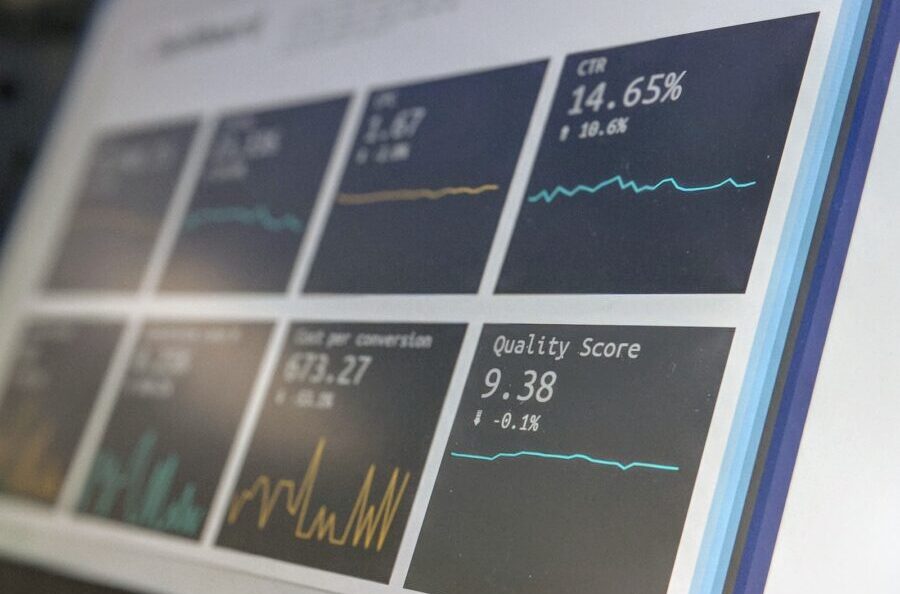Amidst a significant global talent shortage, with 77% of companies reporting talent shortages in 2023, the highest in seventeen years, businesses face a critical challenge in attracting and retaining staff. This challenge is intensified by disengaged employees, attracting younger workers, and a mismatch between job offerings and desired work environments. In this context, improving employee morale and satisfaction through automation becomes not just desirable, but essential for sustainable business success and growth. The key lies in nurturing employees to prevent talent leakage.
The power of automation
The primary goal of automation is often associated with streamlining operations and cutting costs, but its impact on employee satisfaction is equally significant and can have a big impact on morale. The integration of automated systems and processes not only optimises workflow but also plays a pivotal role in shaping a positive work environment, ultimately bolstering employee engagement.
Eliminating mundane and repetitive business tasks that people do daily is now a disruptor for all industries, benefitting employees who are free to focus on more strategic, exciting work, but also businesses maintaining productivity with a shrinking talent pool.
Which processes can be automated?
Business processes like taking warehouse inventory, approving finance orders by hand, procuring hardware or equipment by hand, or providing support for any question via an eCommerce site are repeatable tasks that can easily be automated.
Enhanced accuracy and reduced errors
Human errors are an inevitable part of any manual process. However, automation significantly mitigates the issue by providing accuracy and consistency in executing tasks. Automated systems follow predetermined algorithms and protocols, minimising the margin for error. Employees no longer need to worry about repetitive mistakes that could arise from manual data entry, for example, or calculation errors. The reduction in errors not only improves operational performance, but also alleviates the stress and frustration that employees may experience due to the repercussions of mistakes.
Increased transparency and collaboration
Automation often involves the integration of collaborative tools and centralised platforms that facilitate transparency and communication among teams. These platforms enable real-time tracking of projects, sharing of information, and seamless collaboration among employees regardless of their physical location. This transparency fosters a culture of trust and teamwork, as employees can readily access the information they need, thus reducing misunderstandings and conflicts. Consequently, a collaborative work environment nurtures a sense of belonging and collective achievement, positively impacting employee satisfaction.
Enhancing Workplace Wellbeing Through Automation
Beyond the tangible benefits of streamlining operations, the impact of automation on workplace wellbeing is profound. By offloading routine and repetitive tasks to automated systems, employees are afforded the luxury of focusing on more fulfilling and creative work. This shift not only enhances job satisfaction but also contributes to a healthier work-life balance. The psychological well-being of employees is significantly improved when they are relieved of monotonous tasks, leading to reduced burnout and increased resilience. Moreover, when staff is engaged in meaningful work that leverages their skills, they are more likely to report higher job satisfaction, which is intrinsically linked to overall well-being. Thus, automation not only elevates the efficiency of business processes but also acts as a catalyst for cultivating a thriving and supportive work environment.
Which type of businesses can automate?
It is easy to believe that some businesses struggle to automate due to the legacy nature of their services or their backend IT capabilities. In contrast, more modern companies, such as “born in the cloud” might seemingly have an advantage. In truth, when embracing automation for business processes, the age of the systems or processes is largely irrelevant.
Where automation was the privilege of the few and largest of enterprises, the technology now exists for all organisations, including SMEs to automate repetitive tasks. It’s a growing trend, with 73% of organisations worldwide now using automation technologies, such a Robotic Process Automation (RPA), up from 48% in 2019.
For businesses still using mainframes to legacy applications that have no API or programmatic access that can only be accessed by connecting to remote desktops, these should no longer be a barrier to embracing automation to improve competitiveness.
Automation in the hands of the individual department
Low-code or no-code tools can now be used to automate processes simply. The people who use the business processes day-in-day-out can automate them with support from IT to set up the infrastructure to automate them – it’s that simple. Individuals can then log onto a server or computer where they have all the different applications and processes needed to automate that process. As it is the individual who knows how the process works, it makes sense that it is them who selects which steps they need to automate the process.
IA-Connect provides automation for businesses of every size. It reads the screen and recognises bits of the process like a human, creating the code to power the process. It then intuitively writes code based on the business’ choices to power that process making it simple to use.
Joining up departments
One of the most significant issues for business process automation is that most applications don’t exist in one place. They are usually spread across different departments, which can make automation difficult. An individual would potentially need to log on remotely to different systems, which most business process automation simply can’t handle. For business process automation to be successful, it needs to see the process locally, even if it is remote so that you can automate it across departments (servers, applications etc). For example, with an HR process such as onboarding, an individual would traditionally need to talk to HR to set up payroll and IT to set up devices to access different systems that are only available remotely. To automate this process, the application would need to work across all these departments.
Low-code and no-code business process automation will be a crucial differentiator to businesses. It will allow staff to automate repetitive business processes that, whilst critical to how a business functions, add little outward value to the business. From a talent perspective, automation helps to keep staff happy and more fulfilled meaning that they will remain with the business for longer.
Matt Hudson
Matt Hudson, an IT consultant since 2002, has a rich background in IT support and has been pivotal in delivering enterprise-level services in Datacentre, Cloud, Workspace, Networking, and Security. His technical expertise, combined with strategic and consulting management skills honed through global IT projects, has established him as a trusted advisor and strategic thinker in the IT industry. For the past decade, he has been with Ultima Business Solutions, evolving from a Senior Technical Consultant to Technical Presales Director, gaining hands-on experience in delivering high-quality services and solutions.



